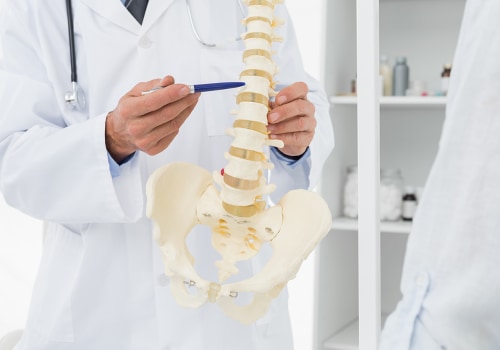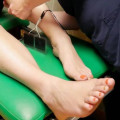Pain management strategies: pain relievers, physical therapy (such as hot or cold compresses, massage, hydrotherapy, and exercise), psychological therapies (such as cognitive behavioral therapy, relaxation techniques, and meditation), mind and body techniques (such as acupuncture), community support groups. Chronic pain is complex and it can take a person some time to find the best pain relief methods that work for them. There are many options you can try, such as hot and cold therapy, yoga, or medication treatments. There are several physical methods that can help relieve pain, such as physical therapy, hot and cold therapy, massage, and acupuncture.
Hot and cold therapy is a common and safe technique for reducing pain. To treat pain effectively, your doctor needs to know how you've been feeling between visits. Keeping a record or diary of your daily pain score will help you track your pain. At the end of each day, note your pain level on the pain scale from 1 to 10. Also, write down what activities you did that day.
Take this log book to every doctor visit so that you have a good understanding of how you live with chronic pain and your level of physical functioning. Get helpful tips and guidance for everything from fighting inflammation to finding the best diets for weight loss, from exercises to strengthen your abdomen to advice on treating cataracts. PLUS, the latest news on medical breakthroughs and breakthroughs from Harvard Medical School experts. If you are like at least 3 out of 10 people in the U.S.
UU. who experience chronic pain, know what a big problem it is. While short-term pain usually heals, chronic pain lasts more than three months, hurts most of the time, and gets in the way of daily activities. Many studies have shown that they can help people manage pain caused by a range of conditions, from headaches to arthritis and persistent injuries.
Living with pain isn't easy and you can be your worst enemy if you're stubborn, don't control your activities every day and don't accept your limitations. These two proven methods remain the cornerstone for relieving pain from certain types of injuries. These techniques, including meditation, mindfulness, and breathing exercises (among many others), help you restore a sense of control over your body and reject the fight-or-flight response, which can worsen chronic muscle tension and pain. You may have a team of pain management specialists (pain management doctors) who work together to help you manage severe or long-term pain.
Because of the side effects and risks of pain relievers, you may want to try non-drug treatments first. Opioids can treat moderate to severe pain and are usually only suitable for short periods of time because they can be addictive. Participating in pleasant activities has been shown to lessen the effects of pain signals on the body. It states that people who use tai chi experienced improvements in chronic pain due to rheumatoid arthritis, low back pain and osteoporosis.
Health professionals define pain as chronic if it lasts longer than 3 months or longer than the normal healing time of the underlying condition or injury. While it's not always possible to find total pain relief, you may be able to reduce pain or learn to respond to it in a different way. These self-management tools, along with the proper use of over-the-counter and prescription medications, provide a complete treatment plan to manage persistent pain. If your pain has been more than welcome, you should know that you have more treatment options today than ever before.
The Pain Toolkit is a booklet packed with simple, practical advice on how to live better with long-term pain. .







